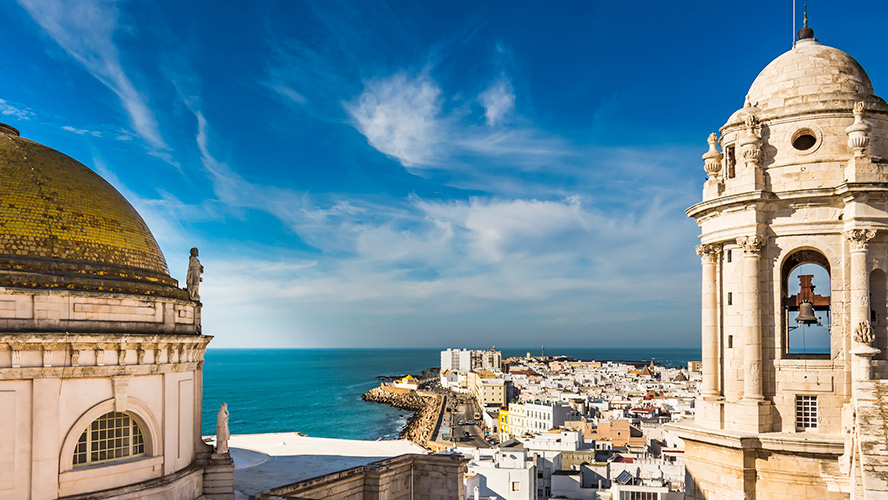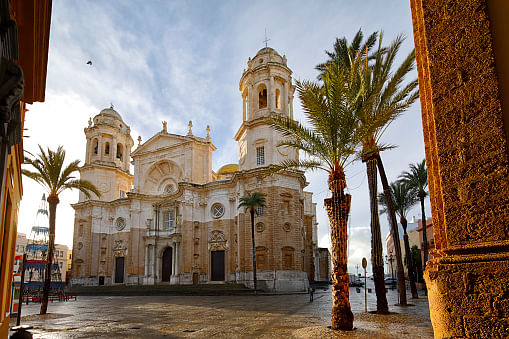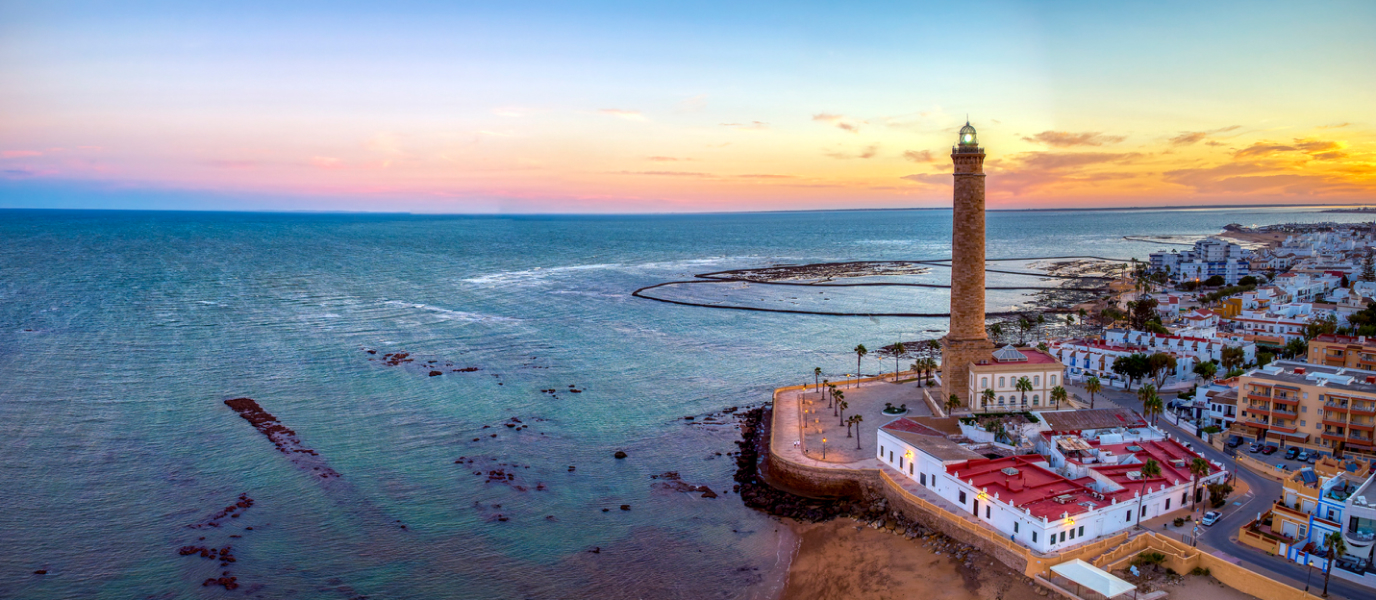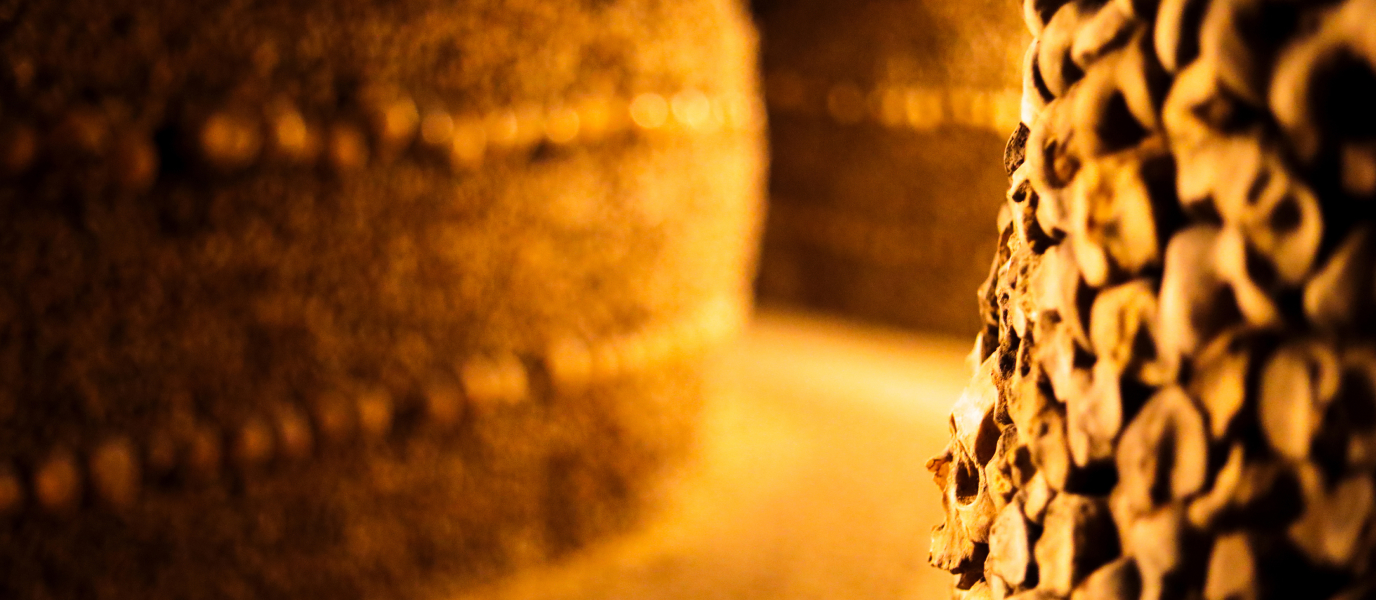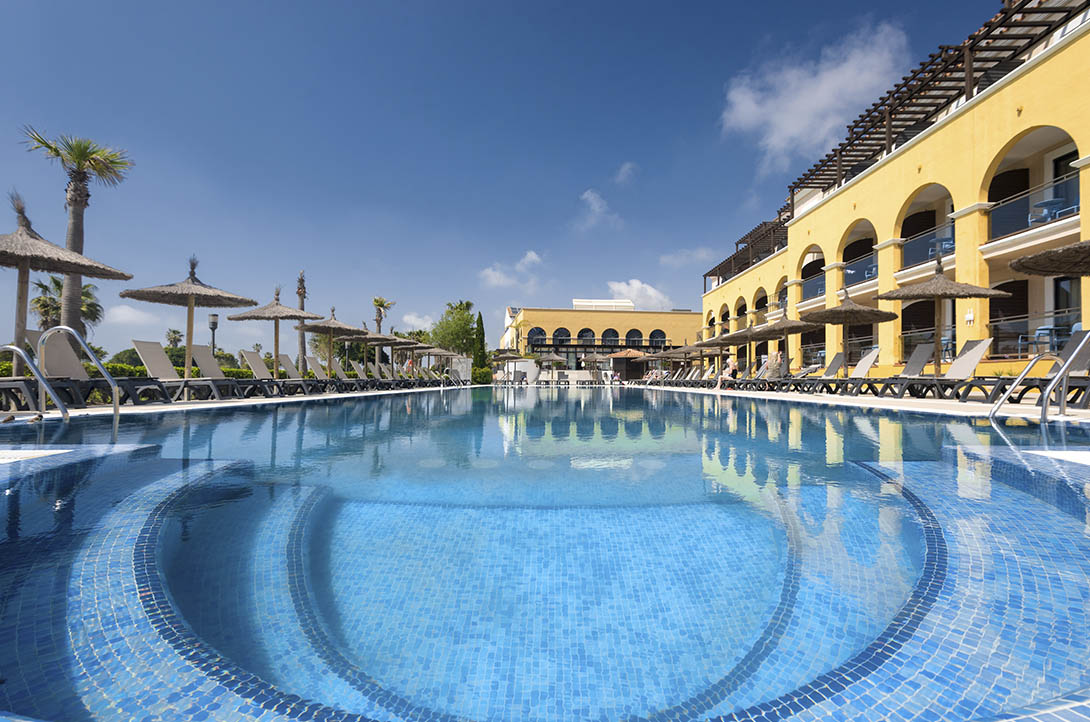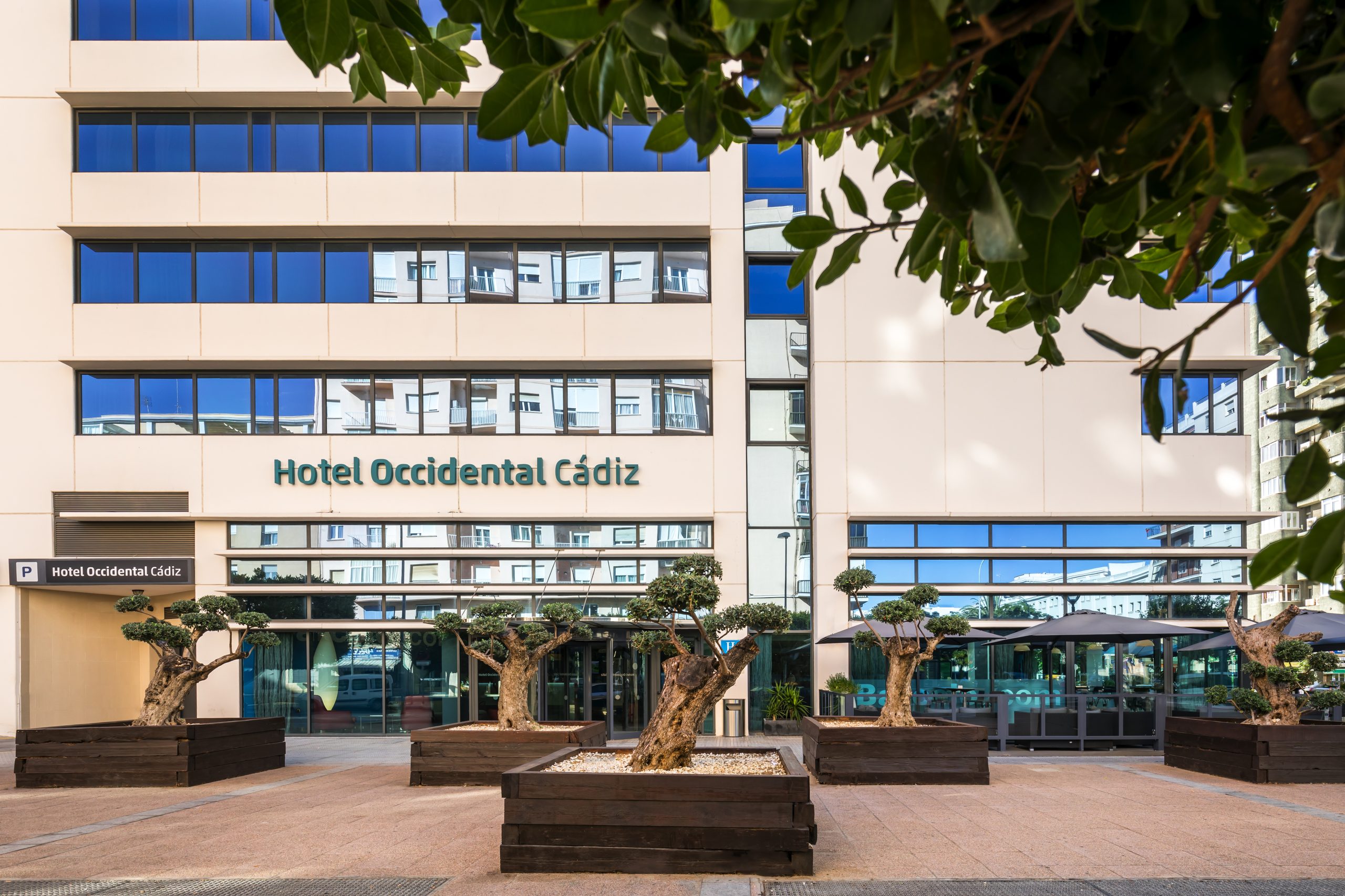Cádiz Cathedral is the city’s greatest religious architectural work. It is known as the Catedral Nueva [New Cathedral]—as opposed to the Catedral Vieja [Old Cathedral], which was built during the sixteenth century on the orders of Alfonso X the Wise, and which has been classified simply as a parish church since 1838. So this later place of worship, construction of which began in the eighteenth century, is well worth a visit on any tourist break to Cádiz.
Without a doubt, Cádiz’s Catedral Nueva owes its existence to the immense wealth enjoyed by the city during the second half of the seventeenth century and the whole of the eighteenth century, thanks to the booming trade with the Indies and the relocation of the Casa de Contratación [House of Trade: a government agency responsible for controlling Spain’s foreign trade] from Seville to Cádiz in 1717. Cádiz’s financial growth seemed to know no limits, and so the city council decided to build a cathedral that would reflect this affluence.
No sooner said than done. The first stones of Cádiz Cathedral were laid in 1722, under the direction of the architect Vicente Acero; he had arrived in Cádiz after spending five years working on the Cathedral of Granada, with the result that the two churches display certain similarities. However, Vicente Acero resigned from his post, and the work was taken on firstly by Gaspar Cayón and then by his nephew, Torcuato Cayón. But there were others too (among them Miguel Olivares and Manuel Machuca) before the work was finally completed under the direction of Juan Daura in 1832. During the course of the work (which took over 110 years), each of these architects left the imprint of his particular taste and architectural style throughout the cathedral.
Those responsible for the work wanted to make sure that the towers of Cádiz’s Catedral Nueva were taller than that of Seville’s Giralda, but when the time came, the city’s economy was less buoyant, and so they had to compromise.
Related experiences
The climb up the Clock Tower
Cádiz Cathedral offers many surprises to the visitor, but without question the Clock Tower or Levante Tower is one of its greatest attractions, because from the top it affords an impressive, panoramic view of the city-centre neighbourhood of El Pópulo, the Atlantic Ocean, the Campo del Sur, the seafront promenade and the city’s harbour.
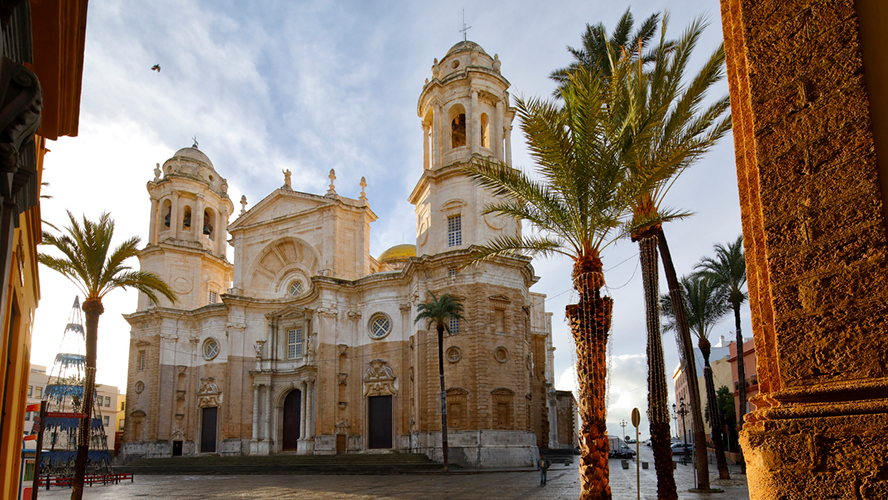
Since 1 August 2015 the tower, which is 56 metres high and is the nearest tower to the Arco de la Rosa [an archway in the ancient city walls], has been open to visitors, who can climb up the first 40 metres to the height of the bell tower, and can then stand on this spectacular balcony for up to 10 minutes.
The Clock Tower takes its name from the clock designed by the master clockmaker José Miguel de Zugasti in the nineteenth century; now it is one of Spain’s oldest clocks, although it fell out of use in the mid-twentieth century. It has recently been restored, so visitors can appreciate the precision of its mechanical craftsmanship, although many parts have had to be restored or replaced following the original design.
The Cathedral of Santa Cruz sobre el Mar
Cádiz’s Catedral Nueva is dedicated to the Holy Cross, as is the church known as the Catedral Vieja. That is why the people of Cádiz refer to the new cathedral as Santa Cruz sobre el Mar or Santa Cruz sobre las Aguas [Santa Cruz on Sea], in order to distinguish it from the other cathedral.
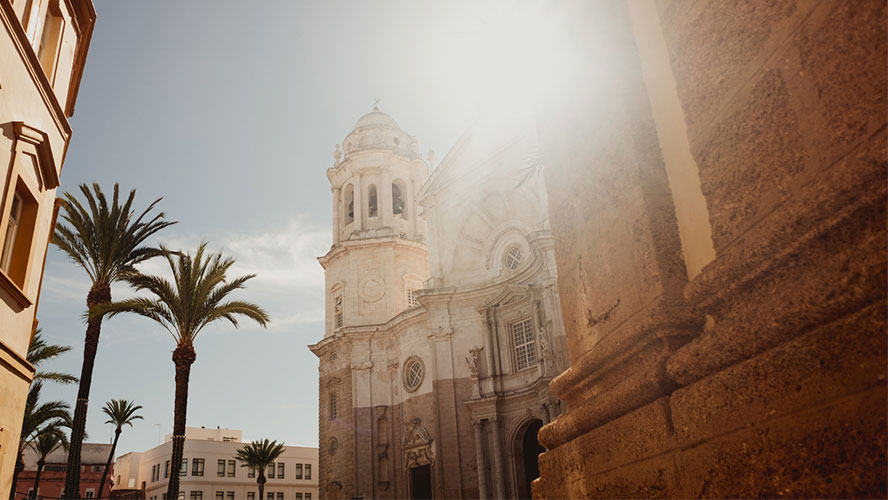
What are the interesting features of Cádiz Cathedral? There are many of these. Here lie the tombs of two world-famous natives of Cádiz: the composer Manuel de Falla and the writer José María Pemán. Also, in the Cathedral’s crypt lies the incorrupt body of a young girl known as ‘the communion girl’ who, it seems, died in this place of worship on the very day of her first communion.
Another interesting legend concerning the Cathedral of Cádiz is that it holds a fragment (or lignum crucis) of the True Cross on which the Romans crucified Jesus Christ. Not only that: it also contains one of the thorns from Christ’s crown. Both the fragment of wood and the thorn lie in their respective seventeenth-century reliquaries.
Cathedral Museum visit
In the Cathedral Museum can be found the table on which the first Spanish Constitution was signed in 1812 (which is also known as La Pepa, and which was enacted in Cádiz). It is a mahogany piece on which King Ferdinand VII affixed his seal in the Oratorio de San Felipe Neri, at the height of the Napoleonic invasion. And at each end of the table there appears the symbol of each of the Apostles.
From the square in which the Cathedral stands, you can take an architectural tour on foot of the whole of Cádiz’s historic quarter which abounds in interesting features.




































































